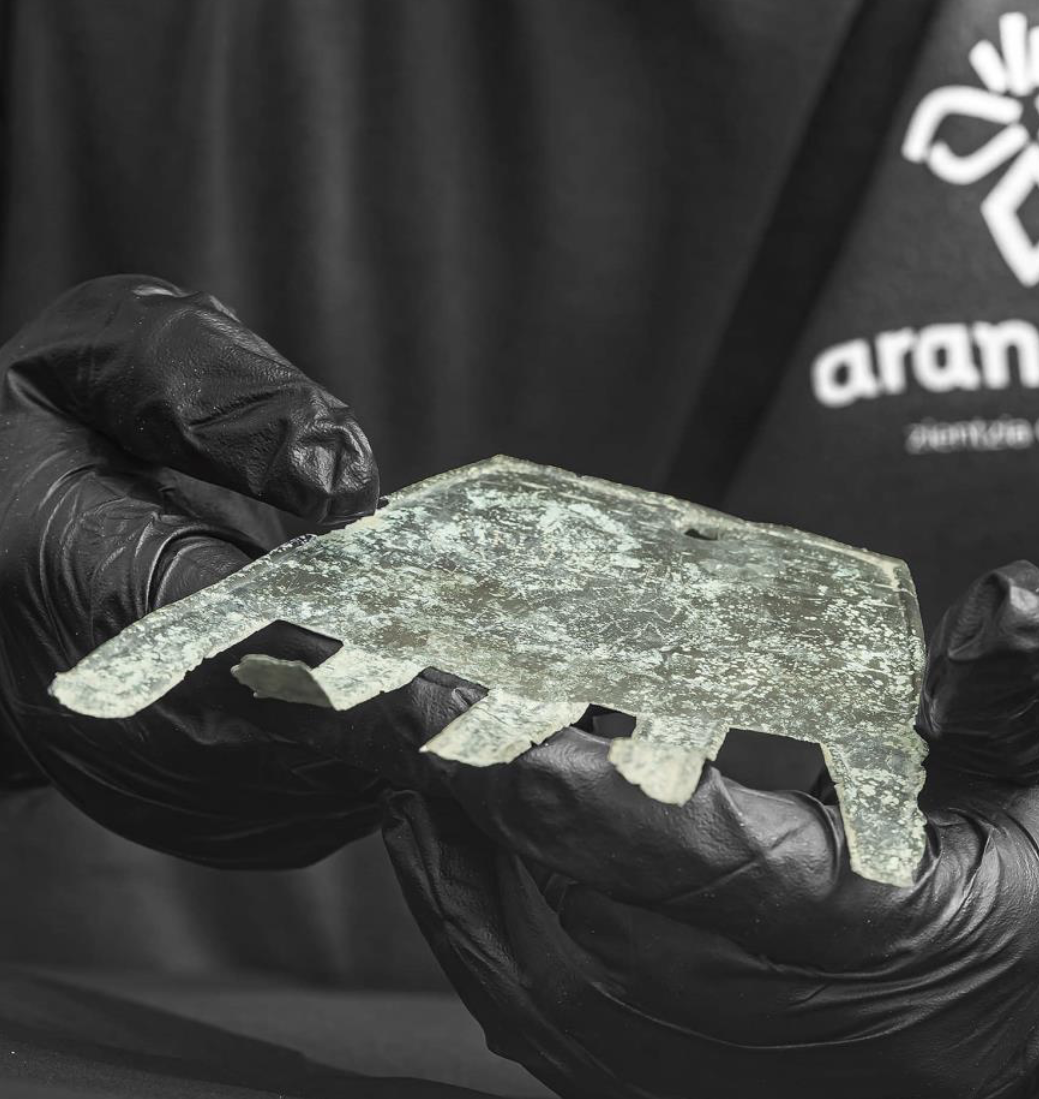Ez da lehena. 2017an argitaratu zen “Mitogenome Diversity in Sardinians: a Genetic Window onto an Island’s past“, Anna Olivieri Paviako Unibertsitateko genetistak zuzendu eta munduko hamahiru unibertsitate edo ikerketa-etxeko hogeita hamabi ikerlek sinaturiko lana. Oxfordeko unibertsitateak atera zuen hura.
2018ko irailekoa da oraingoa. “Genomic history of the Sardinian population” du izena. Estatu Batuetako eta Sardiniako unibertsitateetako 17 ikerlek sinatzen dute eta Nature aldizkari prestigiotsuak argitaratu du. Sardiniako 3.514 pertsonaren mostrak erabili dituzte. Pdf-a eskuratu ahal izan dugu. Horrela hasten da:
“The population of the Mediterranean island of Sardinia has made important contributions to genome-wide association studies of complex disease traits and, based on ancient DNA studies of mainland Europe, Sardinia is hypothesized to be a unique refuge for early Neolithic ancestry. To provide new insights on the genetic history of this flagship population, we analyzed 3,514 wholegenome sequenced individuals from Sardinia. Sardinian samples show elevated levels of shared ancestry with Basque individuals,
especially samples from the more historically isolated regions of Sardinia”.
Beste pasarte batzuk:
“Sardinia in relation to other Mediterranean populations. Due to
its smaller long-term effective population size (Fig. 5b), Sardinia is
expected to have undergone accelerated genetic drift. To correct for
this when measuring similarity to other mainland populations, we
used the ‘shared drift’ outgroup-f3 statistics62, which measures the
length of shared branch length between two populations relative
to an outgroup. Using this metric, we find that the Basque are the
most similar to Sardinia, even more so than mainland Italian populations
such as Tuscan and Bergamasque (Supplementary Fig. 6a,b).
We also tested the affinity between Sardinians and Basque with the
D-statistics of the form D(Outgroup, Sardinia; Bergamo or Tuscan,
Basque). In this formulation, significant allele sharing between
Sardinia and Basque, relative to sharing between Sardinia and
Italian populations, will result in positive values for the D-statistics.
Sardinia consistently showed increased sharing with the Basque
populations compared to mainland Italians (Z > 4; Supplementary
Fig. 6c). The result was stronger when using the Arzana than
the Cagliari sample (D(Outgroup, Basque, CAG, ARZ) = 0.0020
and 0.0021 for French Basque and Spanish Basque, respectively;
Z > 3.2). In contrast, sharing with other Spanish samples was generally
weaker and not significant (Supplementary Fig. 6c), suggesting
the shared drift with the Basque is not mediated through modern
Spanish ancestry”. […]
“We found Sardinians show a signal of shared ancestry with
the Basque in terms of the outgroup f3 shared-drift statistics. This
is consistent with long-held arguments of a connection between
the two populations, including claims of Basque-like, non-Indo-
European words among Sardinian placenames64. More recently, the
Basque have been shown to be enriched for Neolithic farmer ancestry21,46
and Indo-European languages have been associated with
steppe population expansions in the post-Neolithic Bronze Age19,24.
These results support a model in which Sardinians and the Basque
may both retain a legacy of pre-Indo-European Neolithic ancestry46.
To be cautious, while it seems unlikely, we cannot exclude that the
genetic similarity between the Basque and Sardinians is due to an
unsampled pre-Neolithic population that has affinities with the
Neolithic representatives analyzed here”.


